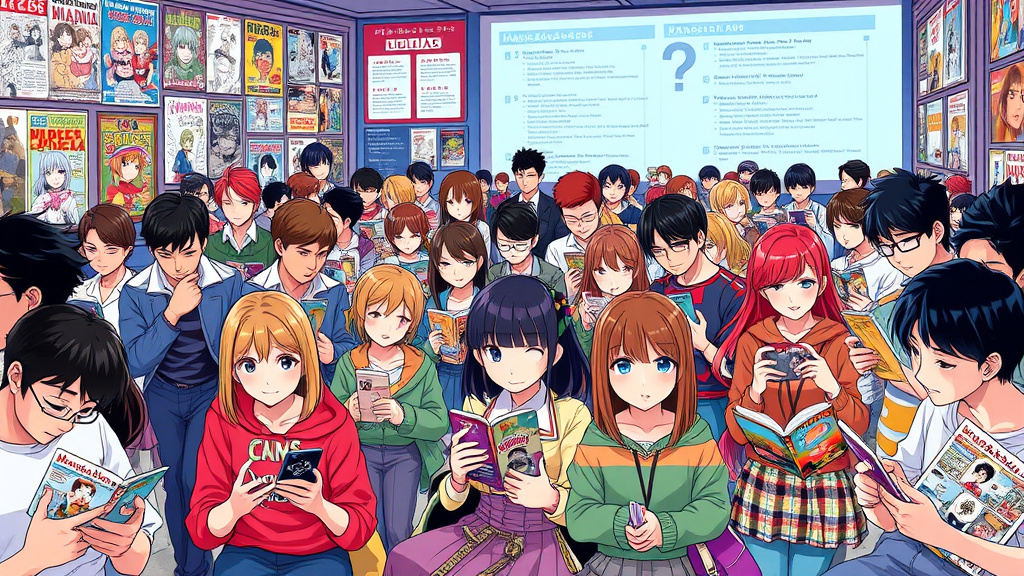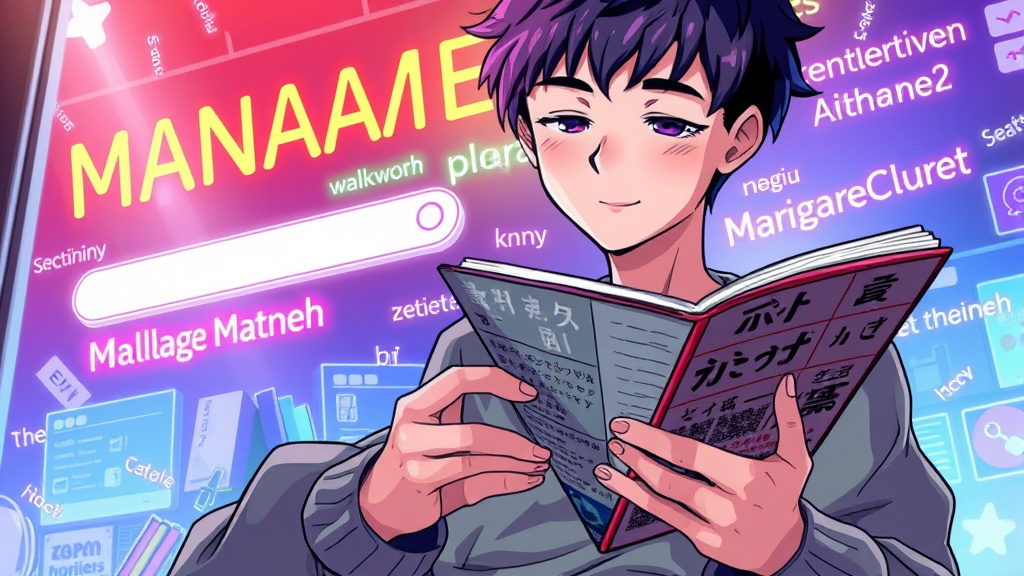japanese anime books have become a vital component of global pop culture, blending captivating storytelling with stunning artwork. These books serve as gateways to understanding the roots, evolution, and intricate relationship between Japanese animation and literature. Whether you're a seasoned fan or a curious newcomer, immersing yourself in the world of Japanese anime books offers a unique perspective on storytelling, cultural heritage, and artistic expression that spans generations.
Exploring the Intersection of Japanese Anime and Literature
The relationship between Japanese anime and literature is as profound as it is symbiotic. Many anime series are adapted from light novels, manga, or original story concepts rooted in Japanese literary traditions. This intersection allows creators to craft rich worlds filled with nuanced characters and layered narratives that often reflect Japan’s cultural ethos. When examining Japanese anime books, one realizes they are not merely entertainment but also cultural artifacts that encapsulate societal values, philosophical ideas, and historical contexts.
This synergy also enhances storytelling, as literary techniques—such as symbolism, metaphor, and allegory—are embedded into visual narratives, enriching viewer engagement. For example, the use of color symbolism in anime often echoes literary themes found in traditional Japanese poetry or prose, creating a layered experience. The deep connection between anime and Japanese literature offers fans an immersive experience that extends beyond the screen into reflective reading, providing new insights and fostering a deeper appreciation for storytelling across mediums.
 Hình minh họa: japanese anime books – manga reading websites reddit
Hình minh họa: japanese anime books – manga reading websites redditFrom Page to Screen: Anime Adaptations of Japanese Books
Transitioning a Japanese book into anime adaptation is a process filled with creative challenges and artistic opportunities. Many beloved anime series originate from manga or light novels, bringing a visual dimension to previously text-based stories. This adaptation process demands balancing fidelity to the source material with the necessity of visual storytelling, often leading to interpretations that add new layers or perspectives.
Anime adaptations of Japanese books also serve as a conduit for wider audiences to access literature that might otherwise remain niche. In some cases, the anime breathes new life into older stories, prompting readers to seek out the original text. However, adaptations can sometimes deviate from the source material, leading to discussions about authenticity and artistic license. These transformations highlight the dynamic interplay between literature and animation, showcasing how stories evolve as they move across mediums, ultimately broadening the reach and impact of Japanese storytelling.

Illustrated Worlds: The Visual Narrative of Anime and Book Covers
The visual artistry of anime and book covers plays a crucial role in conveying narrative tone and attracting audiences. Japanese anime books often feature elaborate, detailed illustrations that not only serve as eye-catching covers but also hint at the story's themes, characters, and emotional core. These covers act as visual introductions, setting expectations and sparking curiosity, which is a testament to the importance of aesthetics in Japanese storytelling.
Furthermore, the cover art functions as a narrative device, often illustrating pivotal moments or symbolic motifs from within the story. The interplay between illustration and narrative enriches both the reading and viewing experience, transforming a simple cover into a literary and artistic portal. Collectors and fans deeply appreciate these artistic choices, recognizing that the visual language embedded in these covers enhances their connection to the story worlds crafted within Japanese anime books.
Finding Your Niche: A Guide to Japanese Anime Books for Beginners
For newcomers venturing into Japanese anime books, navigating the vast landscape can seem overwhelming. The key is to identify genres and themes that resonate personally. Starting with popular series such as "Sword Art Online" or "My Youth Romantic Comedy Is Wrong, As I Expected" can serve as accessible entry points that exemplify the narrative and artistic characteristics typical of Japanese anime literature.
Understanding the distinctions between manga, light novels, and visual art books is equally important. Light novels, for instance, often feature illustrations and are designed for easy reading, making them ideal for beginners. Engaging with online communities, forums, and reviews can provide personalized recommendations and foster a sense of connection within the fandom. Ultimately, exploring various genres—be it fantasy, romance, sci-fi, or psychological thrillers—enables beginners to discover their preferred niches and develop a deeper appreciation for the layered storytelling that Japanese anime books offer.
The Influence of Japanese Mythology and Folklore in Anime and Books
Japanese mythology and folklore serve as a rich wellspring of inspiration in anime and literature, adding depth and cultural identity to stories. Elements such as yōkai (supernatural creatures), kami (deities), and legends like Momotaro or Urashima Taro are recurrent motifs that lend authenticity and a sense of tradition to contemporary narratives. These stories often reinterpret folklore through a modern lens, blending mythological themes with contemporary issues.
The influence of these cultural elements fosters a unique storytelling style that resonates both locally and internationally. In anime and Japanese books, mythological motifs often symbolize universal themes such as morality, nature, and human psyche, while also celebrating Japanese heritage. This intertwining of ancient myth with modern storytelling not only preserves traditional tales but also reinvents them for new generations, enriching the global narrative landscape and fostering cross-cultural understanding.
Beyond the Screen: Expanding Your Anime Experience with Related Books
To deepen one’s appreciation of anime, exploring related Japanese books such as novels, art books, and anthologies is highly recommended. These materials offer expanded backstories, character analyses, and behind-the-scenes insights that enrich the anime experience. For example, official light novels may delve into characters’ inner thoughts and histories not fully explored in the anime series.
Engaging with related literature also allows fans to connect more intimately with the story worlds and creators behind their favorite series. Art books, in particular, showcase original concept art, sketches, and interviews that reveal the creative process. This broader engagement transforms passive viewing into an active exploration of Japanese pop culture, fostering a deeper understanding of storytelling techniques, character development, and artistic craftsmanship prevalent in anime books.
Character Development: Analyzing Literary Techniques in Anime Storytelling
Anime series often excel in complex character development, employing literary techniques borrowed from classical and contemporary literature. Techniques such as foreshadowing, characterization, and internal monologue enable writers to craft multi-dimensional characters whose growth and motivations resonate with viewers. Analyzing these techniques highlights the literary craftsmanship behind beloved characters and expands appreciation beyond visual appeal.
In Japanese anime books, character development is often detailed through internal dialogue, backstory, and symbolic gestures, which deepen emotional engagement. For instance, character arcs that involve moral dilemmas or personal sacrifices are often explored through subtle literary devices, creating nuanced personalities that evolve over time. This literary layering enhances storytelling, making anime not just visual spectacle but also a profound examination of human nature, morality, and identity.
The Evolution of Japanese Anime and Books: A Historical Perspective
Tracing the evolution of Japanese anime and books reveals a fascinating history of technological innovation, cultural shifts, and artistic experimentation. From early adaptations of traditional ukiyo-e woodblock prints to modern CGI animation and electronic publishing, the mediums have continuously evolved. These developments mirror Japan’s rapid modernization while maintaining a reverence for traditional storytelling forms like haiku, kabuki, and noh.
Historically, Japanese anime books have played a pivotal role in this evolution, serving as literary extensions of visual media, influencing artistic styles, and shaping narrative paradigms. Pre-war and post-war periods saw a rise in manga and light novels that articulated new societal anxieties and hopes. Reflecting on this history demonstrates how Japanese anime and literature are intertwined, constantly evolving to reflect contemporary realities while respecting their cultural roots, thus contributing to Japan’s dynamic cultural identity.
Recommended Reading: Must-Read Books for Anime Enthusiasts
For avid anime fans eager to deepen their understanding, there exists a curated collection of Japanese books that serve as excellent starting points. Classic novels like Haruki Murakami’s "Norwegian Wood" or Kenzaburō Ōe’s works introduce readers to Japanese literary styles, providing cultural context that enriches anime themes. Light novels such as "Re:Zero" or "Overlord" give insight into contemporary storytelling techniques unique to Japanese pop culture.
Moreover, companion art books and anthologies, like those associated with Studio Ghibli or Makoto Shinkai’s films, bridge visual aesthetics with narrative depth. These recommended texts serve as gateways to understanding the cultural and artistic underpinnings of anime, encouraging readers to explore beyond entertainment into the realm of literary and visual art, thus fostering a holistic appreciation of Japanese storytelling traditions.
Anime and Books: A Symbiotic Relationship in Japanese Pop Culture
The relationship between anime and books in Japan is fundamentally symbiotic—each medium enhances and sustains the other. Literature inspires many anime scripts, and anime adaptations often reignite interest in the original books. This dynamic relationship amplifies the richness and diversity of Japanese pop culture, making it a vibrant ecosystem where storytelling flourishes across mediums.
This interplay encourages creators to experiment with narrative techniques, blending literary symbolism with animated visuals. Fans benefit from this synergy by gaining access to a spectrum of experiences—from immersive reading to mesmerizing animation—each informing and enriching the other. Over time, this relationship has helped cultivate a global appreciation for Japanese storytelling prowess, establishing anime and Japanese books as vital cultural exports that continue to evolve and influence worldwide pop culture.
## Conclusion
In essence, Japanese anime books serve as both a reflection and a catalyst of Japan’s rich cultural tapestry, seamlessly blending literary techniques, traditional folklore, and innovative artistry to craft stories that resonate globally. Their evolution from pages to screen demonstrates a dynamic synergy that enriches storytelling, while their visual and thematic depth invites fans to explore broader cultural and artistic horizons. Whether through exploring mythological influences, analyzing character development, or delving into historical contexts, engaging with Japanese anime books offers a rewarding journey into one of the world’s most vibrant and influential storytelling traditions.





